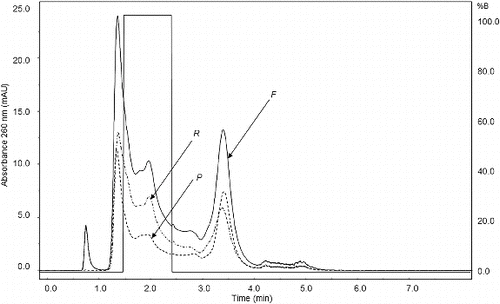Figures & data
Figure 1. Mode of operation diagram for the ultrafiltration system. Batch concentration (a); diafiltration (b); and total recirculation mode (c).
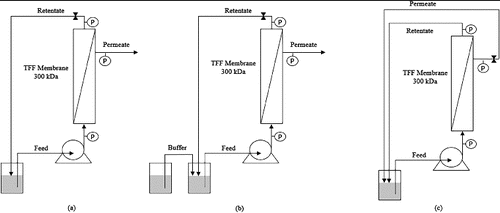
Figure 2. J variation as a function of ∆TMP. Plasmid concentrations: (■) 1.04 µg/mL, (▴) 3.81 µg/mL and (•) 4.69 µg/mL.
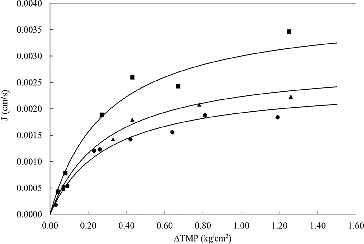
Table 1. Parameters for the ultrafiltration model.
Figure 3. J variation as a function of ln(Cb). (•) 0.50 kg/cm2, (■) 0.75 kg/cm2, (♦)1.00 kg/cm2, (▴) 1.25 kg/cm2 and (×) 1.50 kg/cm2.
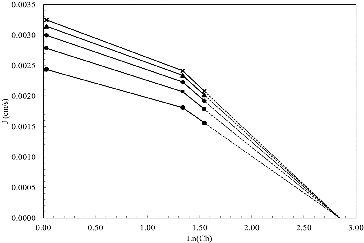
Figure 4. Electrophoresis gel. Lane 1: molecular weight marker; Lane 2: feed solution 2X; Lane 3: permeate solution; and Lane 4: retentate solution.
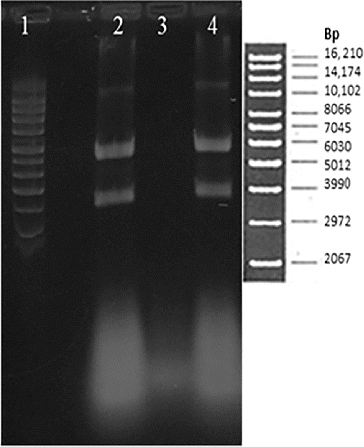
Table 2. Peak integration area for the concentration operation.

